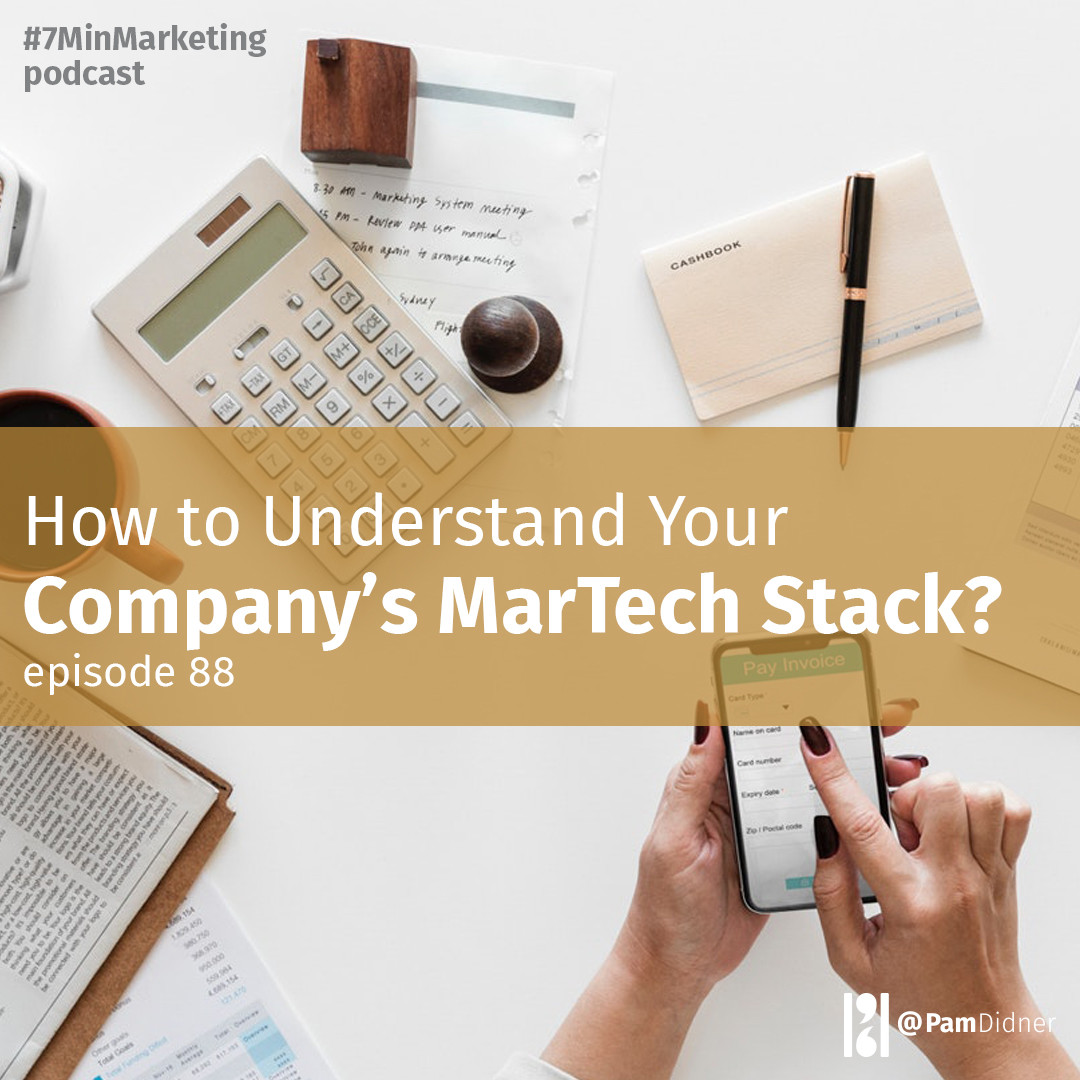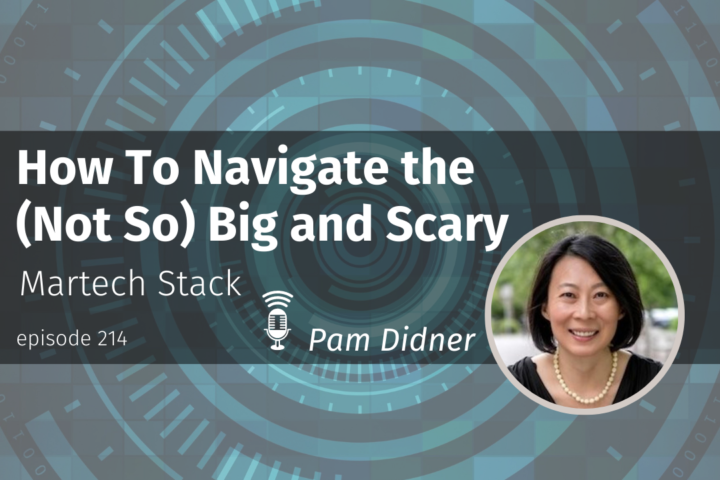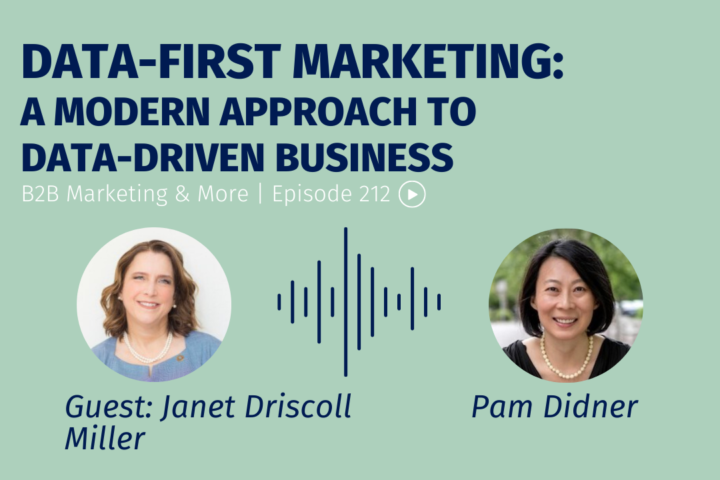
What is the main requirement to be a digital marketer? I’ve been asked that question often by traditional marketers. The way I define traditional marketers is that they are marketing professionals who are not digital natives and didn’t start their marketing careers on the digital side.
I usually tell them that the key difference between traditional and modern marketers is the ability to think in multi-channels in a sense of integrated marketing and to understand the technology behind-the-scenes. By the way, these two are related. If you understand how the technology works and integrates, you’ll have a holistic view of your company’s marketing and can think strategically by connecting different marketing dots.
Here is a great example
Say, you are a content creator by writing a weekly blog post for your company. And you use DivvyHQ, a platform to plan, workflow, and collaborate with a team, to brainstorm and create content from beginning to the end. Your blog posts are then uploaded to your company’s website using WordPress. These blog posts are used as part of email campaigns run on Drip, which is an email automation tool. Social media managers use CoSchedule to syndicate the content out to various social media channels and drive traffic back to your website. Since all the promotions through various channels are coming back to the website, the company is also using Google Analytics and Tableau to analyze marketing attributions and the performance of each channel.
Once the visitor is on site, the team uses KickFire to see which company comes to the site by checking their IP addresses. Once we know that, the inside sales team uses Discover Org, Inside View or Winmo to get more intelligence about the potential prospects such as their email addresses, company’s marketing spends, and additional contact information. Do you see how each function uses different tools? Say, you are a content creator who creates weekly blog posts.
Using Google Analytics, you can see which channels drive the most traffic to your blog post. If email works well, you can have a chat with your email marketing manager and understand how you can optimize your blog post for email outreach. So, you don’t just create blog posts, you use other tools to understand your audience and marketing analytics to do your job better. It’s important not just do your job, but understand how your job as part of the overall marketing.
So, what is the best way to understand your company’s martech stack?
For many of us, we only work in sub-sections of overall marketing. Do we care about the complete marketing technology stack? Well, if you want to foster your strategic thinking, you need to understand how the back-end works. This is not something that you can’t leave it to IT or junior marketing specialists anymore. The more you know that other people don’t know, the better off you can provide unique value-add to your managers, internal stakeholders, and customers.
Ok, how to gain insight into the complete martech stack?
- Pick a framework that you understand such as customer journey, sales stage or even by specific marketing functions. Here is I’d suggest. Google Stackies Award 2019. The Stackies Awards give marketers an opportunity to put their martech on a single slide that illustrates their “stack” which is the collection of marketing technology tools they use and how they conceptualize them working together. By going through the award-winning stackie slides, you’ll get a sense the different frameworks companies use to showcase their marketing stacks. Here is a bonus: you can also see what are the popular martech tools out there and learn about new tools that you haven’t heard of yet.
- Once you pick a framework to map your company’s martech, start having conversations with IT, your marketing peers, internal stakeholders such as research, and analytics teams. Find out what tools they use and how they use them. Draw your own diagram to show how everything ties together as you understand it. It’s like a scavenger hunt. You go to different places to find clues to piece the puzzles together to create your own big picture. I love doing that.
- Review your findings with your stakeholders and refine them as you go.
Voila! You have a high-level view of your company’s martech stack and you know how the technologies work together. You can start identifying gaps and exploring where you can add value. Most importantly, be able to have a strategic and intelligent conversation with various stakeholders using visual you create.
I can’t stress enough how important it is to understand the martech stack of your company. By understanding that, trust me, you’ll look at marketing in a totally different light.
If you have any questions about marketing technology stack, you know where to reach me. Just google Pam Didner.
Again, if you like the podcast, please leave comments on iTunes.
Before you leave, make sure to check out the previous podcast episodes!
So keep hustling, my friends. You got this.



